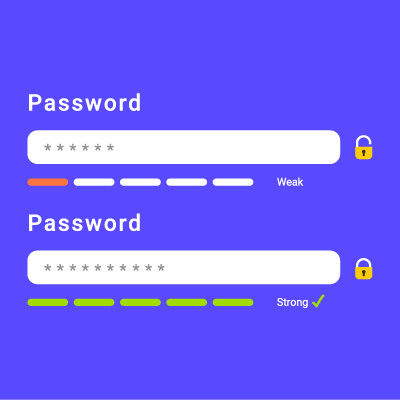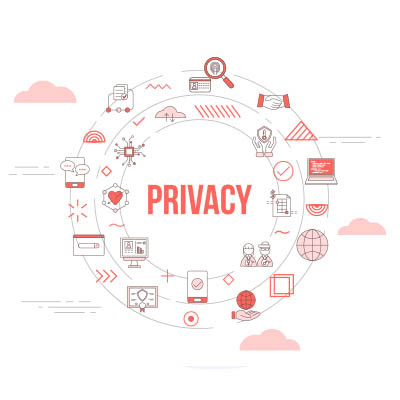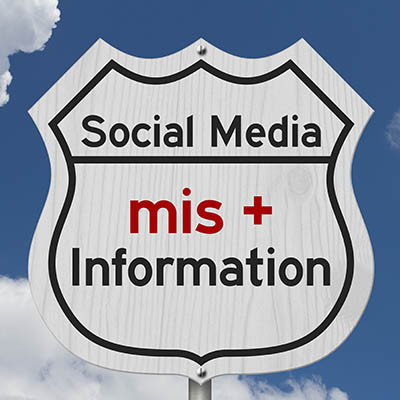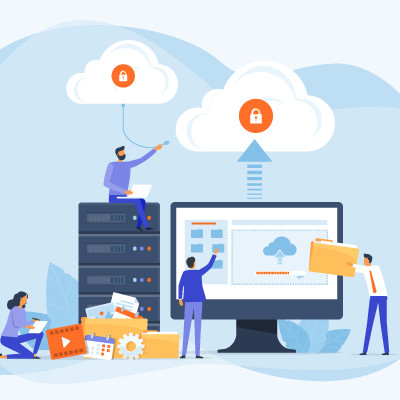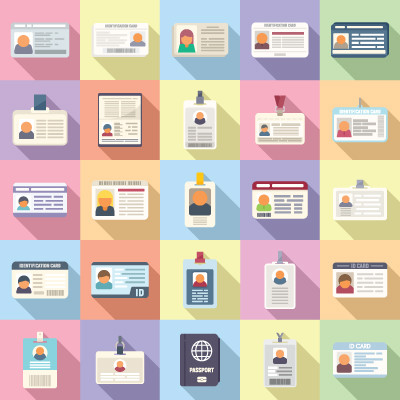Ferrum Technology Services Blog
You can’t run a modern business without software. Even your most basic solopreneur business runs using software at its foundation. For businesses, this problem is increased dramatically as the amount of software fueling operations increases. Software management tools can improve the way your organization keeps tabs on its software.
Businesses deal with all types of problems, and some of them are really serious. Some situations aren’t even problems…yet. When risk is all around you, how can you know when enough is just enough? In today’s blog, we will provide you with some answers to how to flip potential problems into opportunities using technology.
Your computer’s CPU is one of the most sensitive, advanced pieces of technology that you probably don’t think too much about. The CPU itself is just around 4-5 centimeters in length and width, and it handles all of the data processing in your computer. Every single thing you do on a computer gets calculated through the CPU. Most modern CPUs have billions of microscopic transistors in that tiny little space. These transistors are so small that you can fit hundreds of them on a single red blood cell, or thousands of them in the width of a human hair.
So it’s inevitable that something can go wrong. Many fairly modern computers are experiencing a bug right now that could potentially and permanently damage the CPU. There’s a patch to fix it, but if the damage is already done, the patch won’t repair it.
Productivity. To business owners, it can be a mantra. You can judge the success of your organization by productivity, as it often translates directly to profits. You’ll notice a lack of productivity in your operations, and potentially even your pocketbooks, so it’s incredibly important to know whether your business is being productive or not.
Technology plays a crucial role regardless of a company’s size or growth stage. Therefore, having an IT infrastructure that can adapt to changes in business scale is essential.
Let's discuss the significance of a suitable IT infrastructure and explore best practices for tailoring it to fit your business needs.
Every time you log into an account, you have to enter a password. And we know exactly what you’re thinking: why? Good password hygiene is important, especially in high-profile environments like your business. Passwords play a crucial role in securing your network, so you should know how to build better passwords—if not for your own sake, then for your business.
Cloud computing has allowed businesses to scale unlike any time before, all without breaking the budget. One such cloud provider is Amazon, and its Amazon Web Services platform allows businesses to manage their cloud computing needs. Today, we’re exploring some of the ways that AWS aids businesses with varied cloud computing needs.
Sometimes, companies don’t take the privacy of their services as seriously as they should, as evidenced by Meta, the parent company of Facebook, WhatsApp, and Instagram. Despite their popularity, these services have had several security and privacy issues over the years. Today, we want to look at some of these services' most notable privacy and security breaches.
You can take numerous steps to secure your social media accounts and tighten your privacy settings. Yet, every time you log in, you’re still exposing yourself to a vast stream of information and content. Our civilization has never encountered anything like this before. These platforms are designed to curate content you want to see, encouraging you to stay longer and return frequently. This design, meant to be enticing and addictive, poses dangers, especially to certain individuals.
Numerous workplace trends have emerged in the past few years, many of which employers are not fond of. “Quiet quitting” is an example of such a trend, where workers will do the bare minimum—nothing more—to retain their employment. More recently, the trend has been to “act your wage.”
Let’s look at what this means and how to handle it if you ever encounter it in your business.
Email is a centralizing communication tool for most businesses, but what would you do if we asked if your email system was encrypted? Could you give us an honest answer? Encryption is a powerful security measure for networks and infrastructure, so it makes sense to use it for your email solution, too. Here’s what you need to know about encryption and email.
With social media becoming a major part of how society communicates, there’s no better time to discuss how to stay safe while you’re using these significant mediums. Whether you enjoy social media or are against it, there’s no denying that you need to take responsibility to use it. This includes prioritizing your own security.
Passwords have long been a cornerstone of online account security, paired with usernames to form the basis of most login systems. Consequently, they are prime targets for hackers seeking to steal credentials and gain unauthorized access to accounts or networks. The inherent weaknesses of poor passwords have become more apparent in recent years, however. This has prompted the growing adoption of additional security measures available to users.
Microsoft OneNote has established itself as one of the most useful note-taking apps on the market. You might already be familiar with the sticky note, those little post-it notes you stick on your monitor to remember something. Today, we want to show you how you can use “sticky notes” in Microsoft OneNote.







